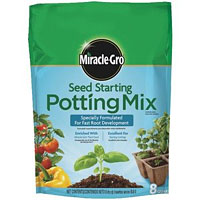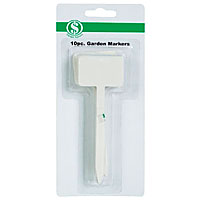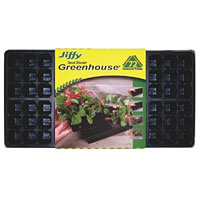Start Some of Your Spring Planting Right Now! Part 2
The following seed starting tips come from my Master Gardener class and are general for a wide variety of seed starting. Some of the information you may need to germinate seeds is specific to the type of plant you are trying to grow. Check the seed packet or other resource to find out if there are any specific instructions for that particular seed.
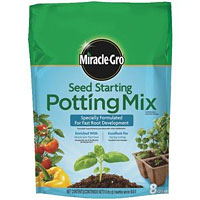
1. Choose a seed starting mix that is loose or lightweight, porous, fine-textured, holds water, and is free of pathogens or weeds. It can contain fertilizer but doesn’t necessarily have to. Pre-made mixes like the Miracle Gro Seed Starting Potting Mix* are easy to use. You could also make your own blend containing some or all of the following – peat moss*, perlite*, vermiculite*, compost and bark. Do not use field soil or sand. Peat pellets* can also be used in place of loose medium.
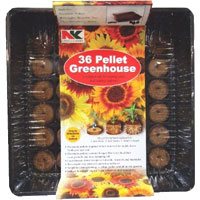
2. Next select a container. It can be a plastic container with drain holes* in the bottom or a plant able pot* made of biodegradable material. If you have used the container before it’s a good idea to soak it in a 10% bleach* plus water solution and scrub it to make sure it doesn’t harbor pathogens.
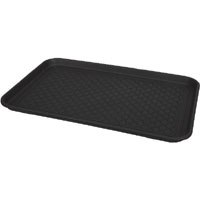
3. Fill the container to the top with planting medium without packing it down. Set the container in a tray* of water and let the water soak through from the bottom up. The reason for watering from the bottom is to avoid packing down the planting medium. If you are using peat pellets soak them in water until they expand.
4. Dig little holes or trenches in the medium at the proper depth for that particular seed. If you are not sure plant it at about twice as deep as the diameter of the seed (3-5 times outdoors). Cover seeds with medium.
5. If the container comes with a clear plastic cover, put the cover on. If you don’t have a cover, use a clear plastic bag and seal the bag to keep in moisture. You shouldn’t need to water for at least a week or so, unless you see the medium looking light colored and dry around the edges. When you do water the seeds, do a thorough job.
6. Place the seeds in a warm spot or on a seedling heat mat* until they sprout. 75 to 80 degrees is a good temperature range unless your seeds have other requirements. After that you can remove them from the heat source and remove the plastic covering. Keep seedlings away from a draft or heat vent.
7. Some seeds need light to germinate but for other seeds you can wait until they sprout to put them under lights. Some light from a window is helpful but it won’t be enough by itself. Artificial light can be either fluorescent or incandescent but you might prefer the fluorescent because it does not give off as much heat. The lights need to be very close to the plants and there is less danger of overheating the plants if you use a light that doesn’t get too hot.
Warm and cool also can refer to light color and that is important to mention here. Plants use both red and blue light wavelengths for photosynthesis so you can use either warm or cool light or both together if you want. You don’t need special grow lights but if you see any that are meant to simulate a daylight spectrum those are a good choice. The brightness of the light, or lumens is more important than the color of the light, or kelvins. We have a wide selection of bulbs at Schnarr’s – talk to us about your lighting needs and we’ll help you select the right product.
8. 3-4 weeks after seeds have sprouted, you can start adding liquid fertilizer* at 1/2 strength.
* available at Schnarr’s.
Check the Schnarr’s Calendar for suggested St. Louis area planting times, we have many plants listed on there. Stay tuned for future tips for transplanting the seedlings!
